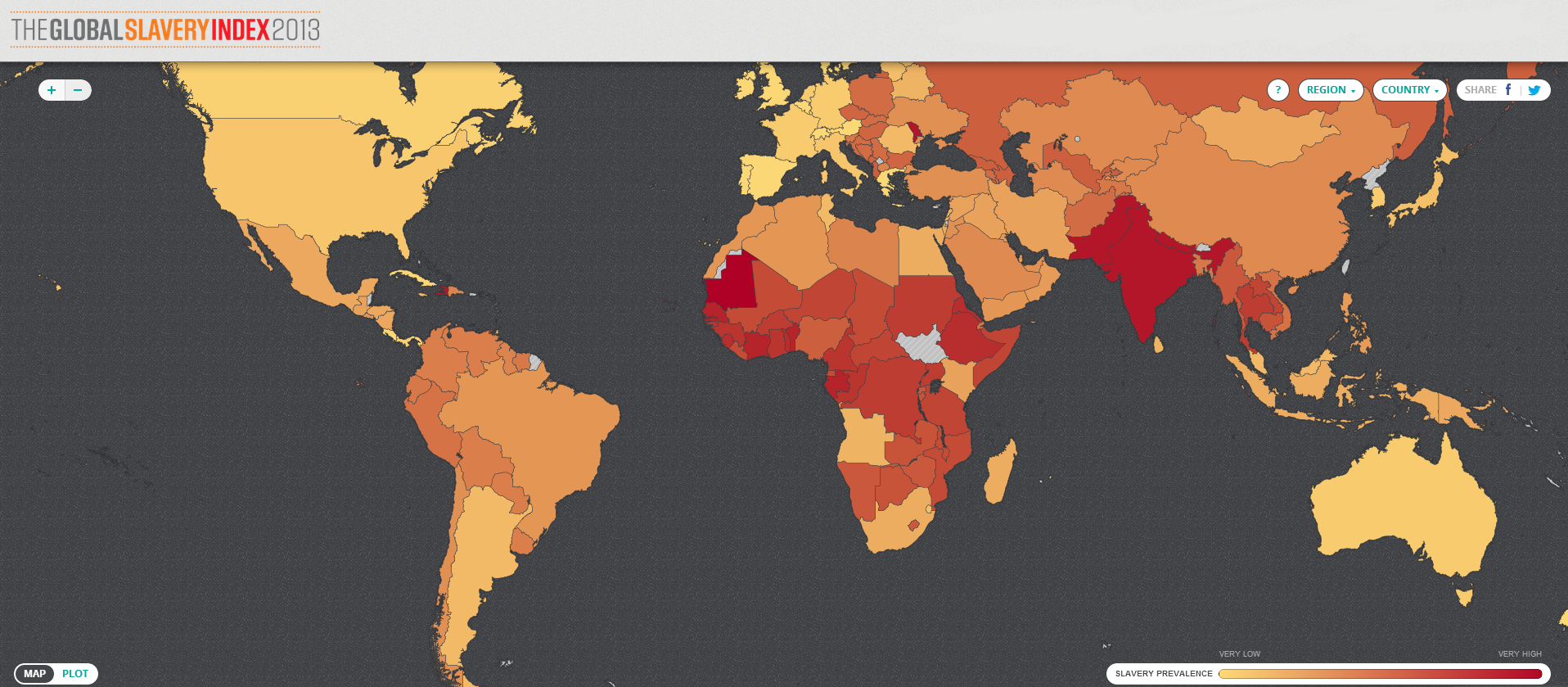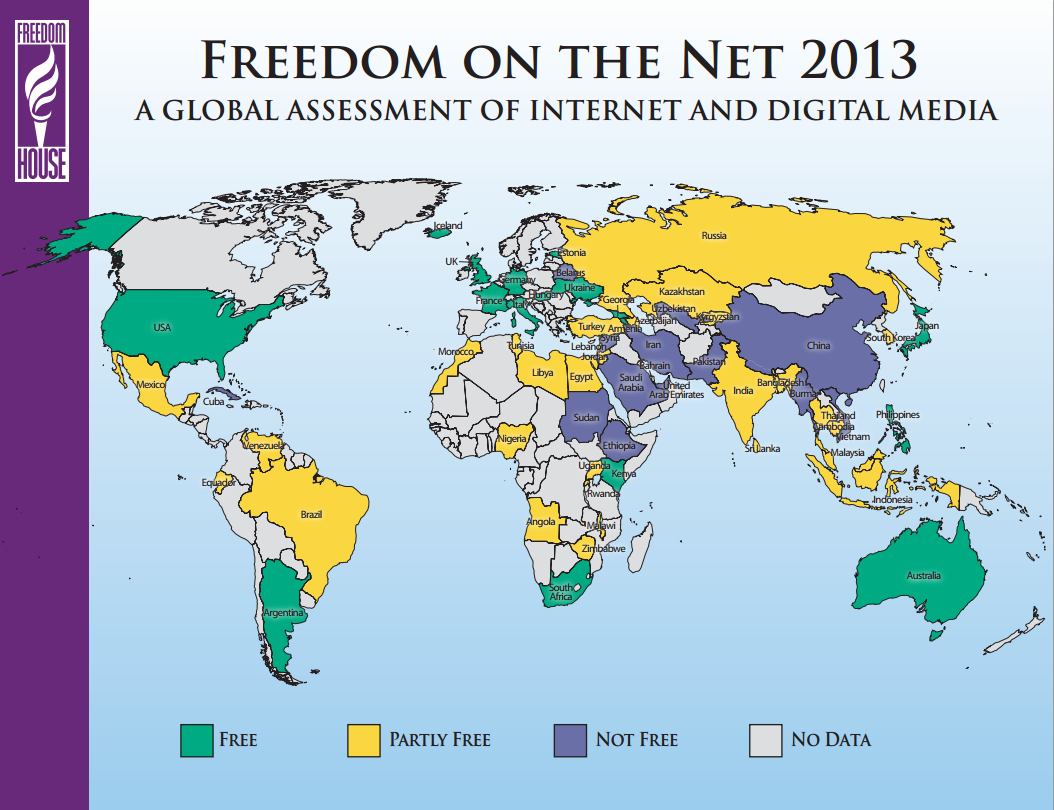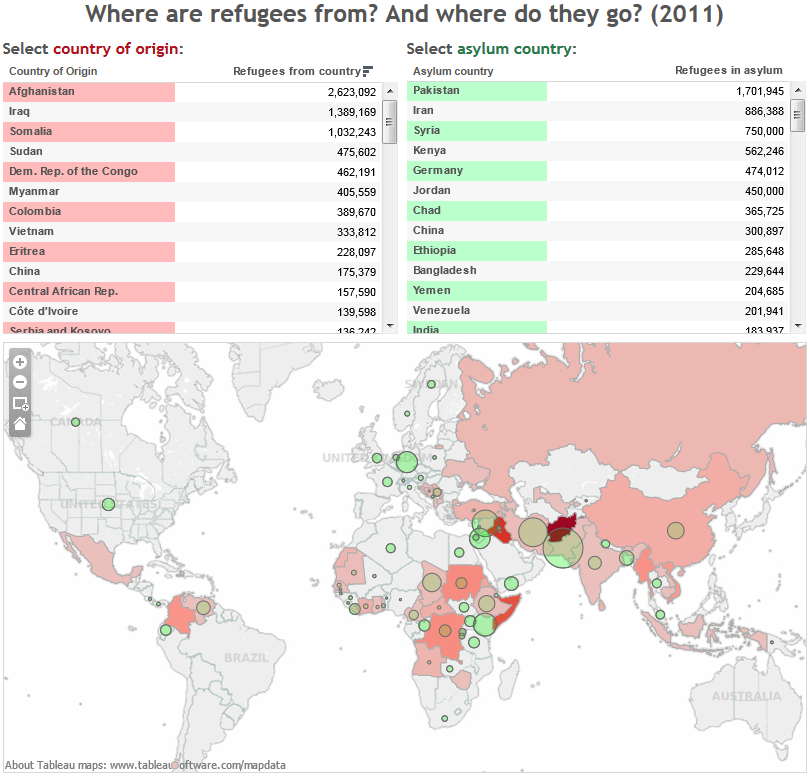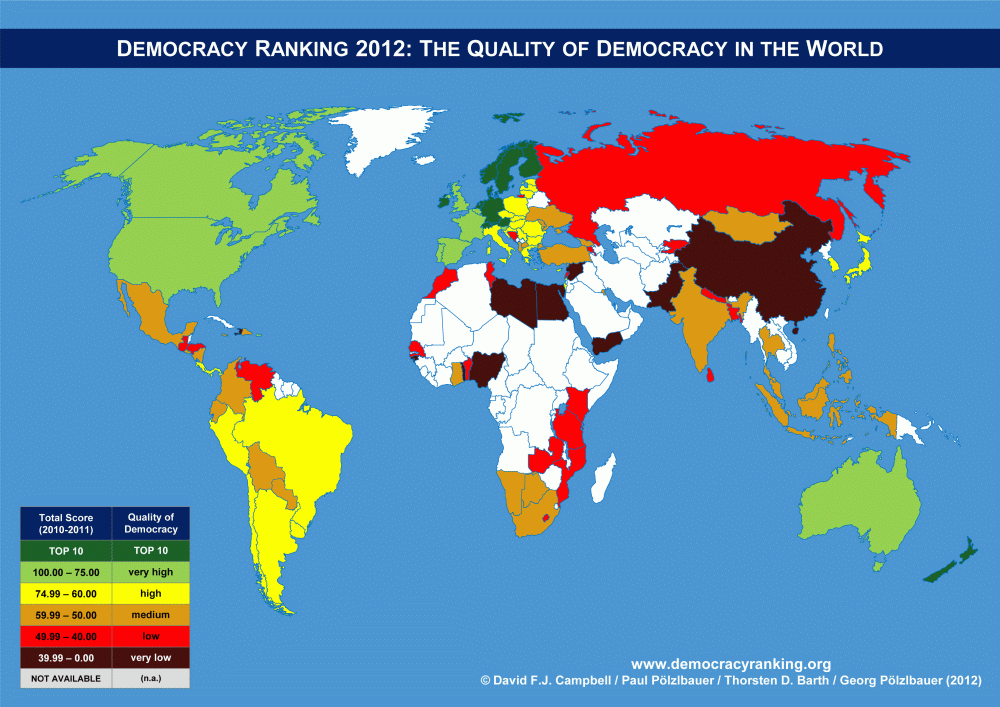Slavery still exists in many parts of the world, whether it be in the form of forced labor, forced domestic servitude, sexual exploitation, debt bondage, bonded labor, or child marriage.
The Global Slavery Index provides insight into the number of people enslaved in 162 countries. The index takes into account three indicators: the prevalence of slavery per population, child marriage, and human trafficking.
India is a the top of the list with the largest absolute number of enslaved people, an estimated 14 million. China comes in second place with an estimated 2 million people enslaved. Pakistan is in third place with an estimated 2.1 million people in slavery. These countries are followed by Nigeria, Ethiopia, Russia, Thailand, Democratic Republic of Congo, Myanmar and Bangladesh. Put together, these countries account for 76% of the total enslaved people, or 29.8 million people, in the 162 countries that make up this ranking.
Source: Walk Free Foundation: The Global Slavery Index 2013









